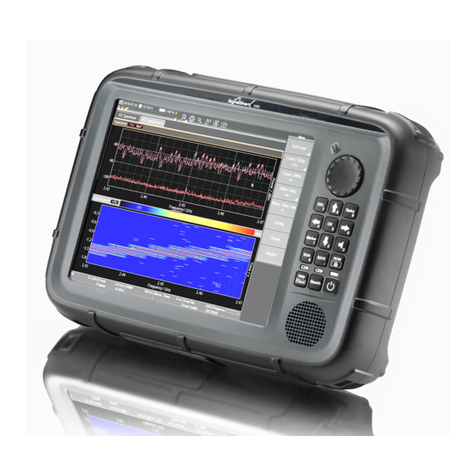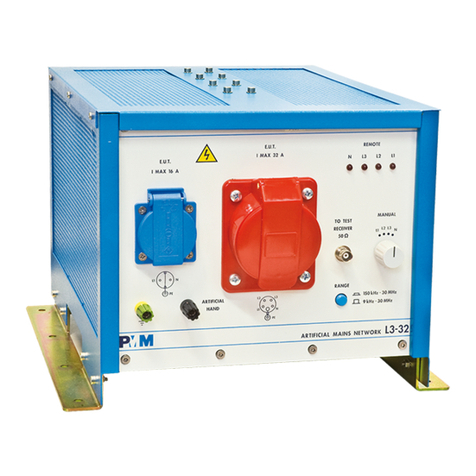
Contents
1 Introduction . . . . . . . . . . . . . . . . . . . . . . . . . . . . . . . . . . . . 1-1
1.1 About this instrument. . . . . . . . . . . . . . . . . . . . . . 1-1
1.1.1 Application. . . . . . . . . . . . . . . . . . . . . . . . . . . . . . 1-1
1.1.2 About this manual . . . . . . . . . . . . . . . . . . . . . . . . 1-3
2 Safety instructions . . . . . . . . . . . . . . . . . . . . . . . . . . . . . . 2-1
2.1 Before connecting up . . . . . . . . . . . . . . . . . . . . . 2-1
2.2 Correct usage . . . . . . . . . . . . . . . . . . . . . . . . . . . 2-1
2.3 AC adapter / charger unit . . . . . . . . . . . . . . . . . . 2-3
2.4 Faults and excessive stresses. . . . . . . . . . . . . . . 2-3
3 Preparation for use . . . . . . . . . . . . . . . . . . . . . . . . . . . . . . 3-1
3.1 Unpacking . . . . . . . . . . . . . . . . . . . . . . . . . . . . . . 3-1
3.1.1 Packaging . . . . . . . . . . . . . . . . . . . . . . . . . . . . . . 3-1
3.1.2 Checking the package contents . . . . . . . . . . . . . 3-1
3.1.3 Checking for transport damage . . . . . . . . . . . . . . 3-1
3.1.4 Recovery after storage and transport . . . . . . . . . 3-1
3.2 Power supply . . . . . . . . . . . . . . . . . . . . . . . . . . . . 3-2
3.2.1 Charging the rechargeable batteries . . . . . . . . . . 3-3
3.3 Preparing for field measurements . . . . . . . . . . . . 3-4
3.3.1 Test setup . . . . . . . . . . . . . . . . . . . . . . . . . . . . . . 3-4
3.3.2 Connecting / disconnecting the B field probe . . . 3-4
4 Control and display elements. . . . . . . . . . . . . . . . . . . . . . 4-1
4.1 Keypad . . . . . . . . . . . . . . . . . . . . . . . . . . . . . . . . 4-1
4.2 LCD display . . . . . . . . . . . . . . . . . . . . . . . . . . . . . 4-3
4.2.1 LCD display elements . . . . . . . . . . . . . . . . . . . . . 4-3
4.2.2 Display backlight . . . . . . . . . . . . . . . . . . . . . . . . . 4-5
4.3 External connectors . . . . . . . . . . . . . . . . . . . . . . 4-6






























